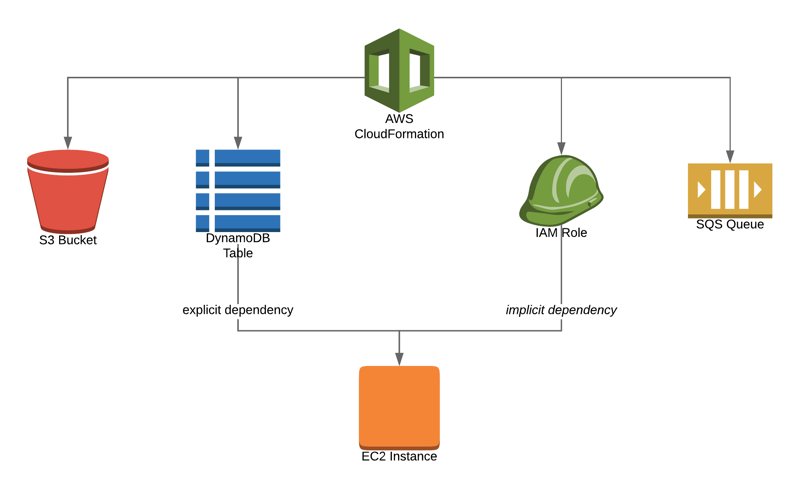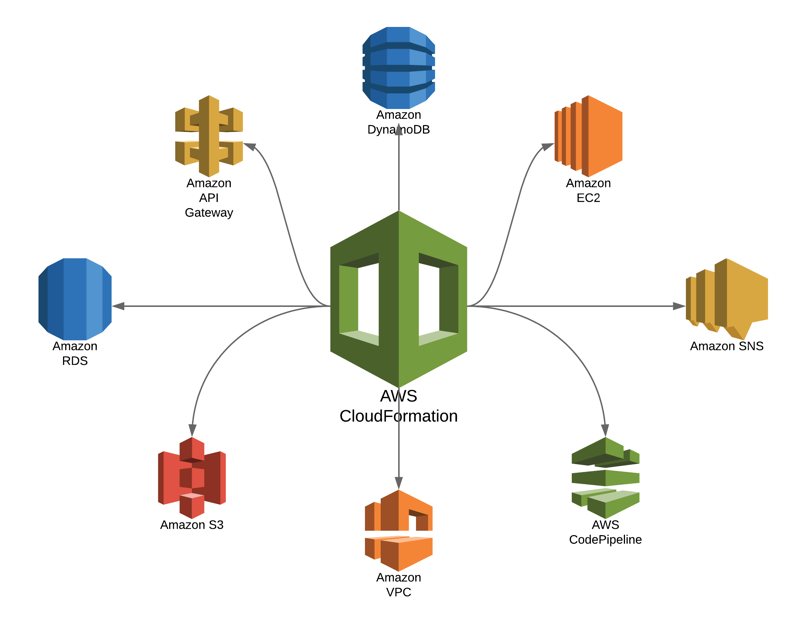My AWS CloudFormation Step by Step: Beginner to Intermediate Course is Live on Udemy!
- by Emre Yilmaz
- May 31, 2019
- Announcements • AWS • DevOps • AWS CloudFormation

I am happy to announce that my first online course, AWS CloudFormation Step by Step: Beginner to Intermediate, is now live on Udemy.
In this post, I want to introduce you with this new course. I will talk about the topics, what you will learn by taking it as well as the structure of the course. In addition, I will also share a free coupon that will be valid for a limited time with the followers of this blog.
Continue reading the My AWS CloudFormation Step by Step: Beginner to Intermediate Course is Live on Udemy! blog post.


